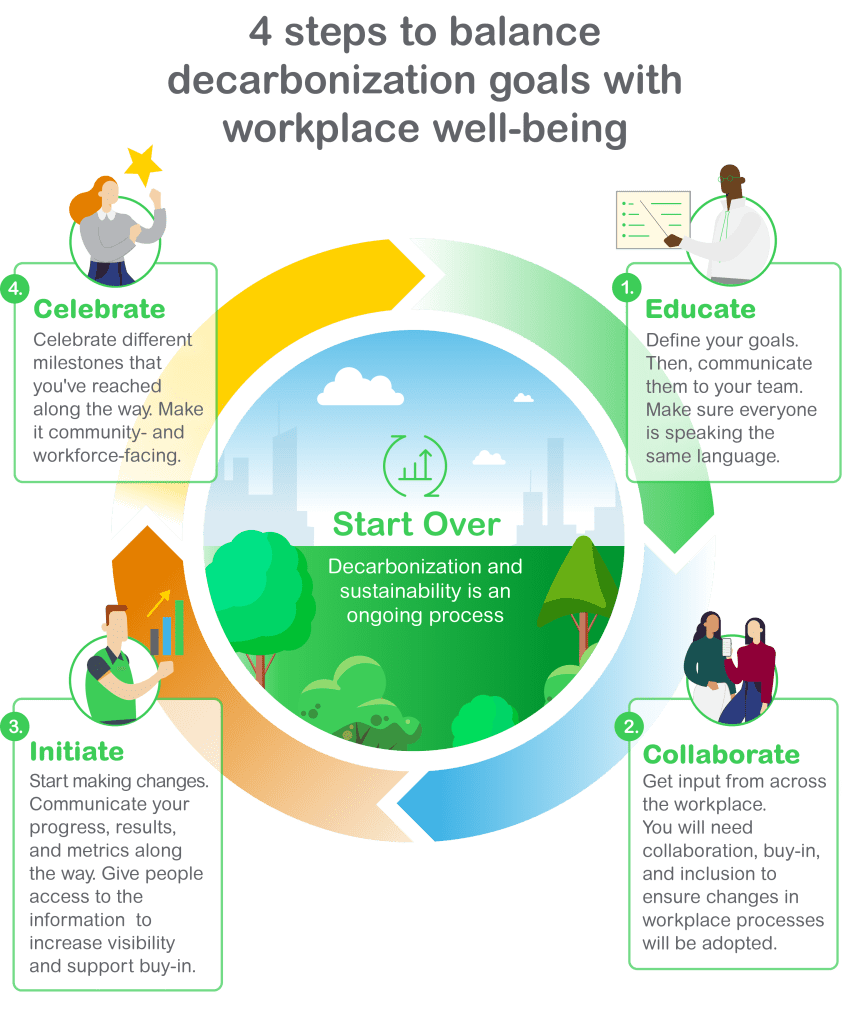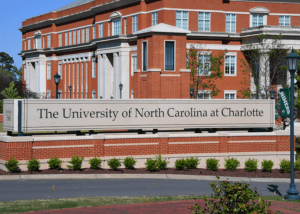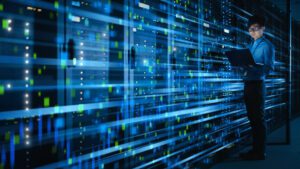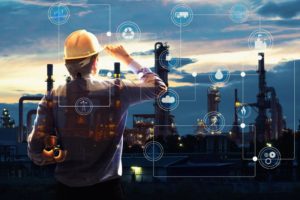With everyone’s mind on increasing sustainability, we often get swept up in the big-picture aspects of decarbonization: But how much do we need to reduce our carbon footprint? What technologies can we integrate to streamline processes, improve reporting, and minimize waste? And how long will it take us to reach our goals? These are important questions. But, with our eyes on the prize, it’s easy to forget that no matter how well-planned our sustainability and decarbonization goals are, our people are the key factor in the success
equation.

We can have all the technology in the world at our fingertips, but the reality is that the benchmarks we set to decarbonize will only be met if we have the support and cooperation of our stakeholders, workforces, and manufacturers from the very beginning.
This is what guides us at C&C Group and as an EcoXpert partner. We work with our customers to help them share their goals with their workforce and turn them into reality.
To get businesses to engage their people and successfully work towards decarbonization, we follow a 4-step process: educate, collaborate, initiate, and celebrate. And then, repeat.

1. Educate to illuminate the path
Decarbonization is more than just a new endeavor. It’s a new industry with its own language.
To get everyone in your organization on the same page, you’ll want to help them understand your goals by helping them to learn that new language. This education cultivates an understanding among stakeholders. It highlights the critical role of decarbonization for your business and each team member’s role in this shared goal. Education also builds common ground, enabling everyone to “speak the same language” to participate in the conversation.
Building a culture of ongoing education also leads to a more engaged and informed workforce. Regularly scheduled workshops, webinars, and training sessions can keep your team updated on the latest breakthroughs in green technology and sustainable practices. By equipping your employees with knowledge, you’re paving the path toward collective dedication to decarbonization, and helping your people form and express innovative ideas to help you meet your decarbonization goals.
2. Collaborate to engage your workforce
Decarbonization isn’t a solo effort – it requires coordinated energy from all of your stakeholders.
At this point in the process, your workforce has been educated on decarbonization and sustainability. They know the language and now have the tools they need to tap into the collective intelligence of the workforce and collaborate with different departments. And they may have ideas that you might not have considered.
These ideas might range from retrofits or renovations like digitizing power networks or future-proofing building management infrastructure to installing renewable energy sources like microgrids. We encourage you to listen to your workers’ input. They are on the ground and understand the day-to-day operations. This means they have intimate knowledge of how changes made in the name of decarbonization will affect workflows – and whether it will work or not.
It’s important to engage people early and have open communication channels that encourage them to share their ideas freely. Every individual is a potential sustainability ambassador, and their commitment to the goals is crucial in getting there. Without their buy-in, even the most well-intentioned plans will falter. That’s why we believe in proactive collaboration and consensus-building before implementing significant changes.
In fact, we practice this at C&C Group. We’re creating a culture of collaboration by inviting employees from all departments to contribute their unique perspectives and expertise. We know this multidisciplinary approach will bring innovative solutions and a sense of ownership to achieving our sustainability goals.
You’ll be amazed at the ideas that can come from an engaged workforce.
3. Initiate to kickstart the culture of sustainability
Once your people have been educated in decarbonization and have collaborated to identify clear targets, it’s time to start implementing those solutions. This is where sustainability and decarbonization practices are really kickstarted and incorporated into daily operations. It is where the rubber hits the road.
Transparency during this stage is vital. Results should be readily available so people can see them because that feedback helps keep everyone working toward the established goals.
By regularly sharing progress reports, everyone stays engaged and informed. Purpose-built systems like Schneider’s EcoStruxure Building offer a user-friendly approach to managing energy and automation where your workforce can efficiently monitor and control building efficiency,
And it provides dashboards so they can see results from their efforts in real-time, reinforcing the idea that it is a collective effort to reach net zero.
Our work with Aspiria is a perfect example of how this real-time feedback works. The EcoStruxure solutions we helped them implement there – over 200 acres of mixed-use campus, with 50,000 data points across their four million square foot facility – have resulted in a 16% reduction in annual energy consumption and a $1.5 million annual energy cost savings while also contributing to a 36% reduction – over 10,000 tons – in carbon footprint. Those are amazing results, a huge step towards their decarbonization goals, and the data is easily accessible in a central, cloud-based hub. They also increased their occupant comfort and satisfaction, with a 65% reduction in service calls by occupants related to temperature.
4. Celebrate by recognizing achievements and rewarding success
It might seem like this is an optional step, but I think recognizing achievements is important. Timely celebration is the glue that binds your workforce to a common cause. Companies that take the time and effort to celebrate successes have a workforce that is much more likely to bring extra effort more often. It also reconnects your workforce to their decarbonization goals.
Acknowledging sustainability and decarbonization success reinforces the positive impact of individual and collective efforts. By celebrating these achievements, you’ll initiate a culture where sustainability and decarbonization aren’t just another task but a source of accomplishment.
5. Repeat!
Honestly, this process never stops. If you let it get stale or don’t re-start this process, you risk returning to where you started. Decarbonization and sustainability are not going away; they are a cyclical process of refining and tweaking. We need to make sure we grow along with them. Through education, collaboration, initiation, and celebration, organizations can build a culture where decarbonization and sustainability are shared aspirations.
It’s important to learn about sustainability and its latest trends from companies like Schneider Electric, who understand the significance of sustainable practices within organizations and know about new regulatory frameworks. They can help you with your sustainability commitments as part of your environmental, social, and governance (ESG) reporting to strengthen your competitive position. Whether it’s the executive suite or the production line, everyone needs to understand their actions’ effects on their shared decarbonization goals.
As an EcoXpert partner, C&C Group incorporates Schneider Electric’s deep expertise into the solutions we provide for our customers. In this way, we help ensure that the journey toward a greener future is one we take together, combining the technological prowess at our disposal with the human touch that makes sustainability a reality. Achieving decarbonization goals is not just about implementing cutting-edge technologies; it’s about cultivating a sustainable partnership with your workforce.
Learn more about C&C Group’s work on Aspiria’s campus of the future and the partnership between C&C Group and Schneider Electric.
EcoXperts are the enablers of net-zero buildings
The EcoXpert Partner Program is unique in its industry and made up of a best-in-class, global ecosystem of expertise. Trained and certified by Schneider Electric, EcoXpert partners digitize and electrify our world for a more sustainable future.
The path to net zero is about delivering solutions for sustainable, resilient, efficient, and people-centric buildings. For our EcoXpert partners, this unveils immense growth opportunities through the transition to end-to-end portfolio sales that will resolve our customers’ most critical needs. For our shared customers, this means that together with our EcoXpert partners, we will drive the building industry transformation and help our customers survive and thrive today – and tomorrow.
Visit the EcoXpert webpage to learn more.




Add a comment